Great podcasts often sound effortless. The audio is crystal clear, the hosts sound like they are having fun, and the show seems to flow naturally from one topic to the next. But that doesn’t happen by magic. It takes a lot of work behind the scenes to make it all come together. And it all starts with well thought out podcast production.
If you’re launching your own podcast, production should be at the top of your priority list. Think of it like building a house. If you don’t lay a solid foundation, your house (or in this case, podcast) probably won’t be around for very long. Taking time to nail down production is one of the best ways to give your podcast real staying power.
So let's break it down step-by-step and explore the essentials of podcast production.
Create Your Podcast Production Roadmap
Producing a podcast always starts with the same three basic questions:
- Who is your audience?
- What format will your show take?
- How long will your episodes be?
Your answers to these will help create a roadmap that guides the rest of your production. It’s important to keep the end goal in mind throughout the entire process. You wouldn’t start a journey if you had no idea where you were going!
Defining Your Audience
If you try to make a podcast that pleases everyone, you’ll end up pleasing no one. So think carefully about who your target audience is and speak exclusively to them. As long as your content resonates with those individuals, it doesn’t matter what everyone else thinks. If you’re producing a business podcast, you should talk about a subject your customers really want to hear about, not about your company.

Choosing a Format
As you probably already know, podcasts come in lots of different styles and formats. You need to decide on a format before you can begin planning and structuring your episodes. Once you’ve chosen a format that makes sense, stick to it. If you don’t, listeners will get confused. Here are a few of the most common formats:
- Interviews
- Solo / Personal Thoughts
- Co-hosting
- Storytelling
- Combination of the above
Episode Length
There are no hard and fast rules when it comes to episode length. It’s really up to you to decide what will work best. However, it’s worth keeping in mind that if you keep your episodes relatively short (<30mins), new listeners will be more likely to give you a try. Once you’ve chosen a length, try and remain consistent. Listeners will know what to expect, making it easier for them to fit your show into their routine.
Planning Your Episodes
Before you press ahead and hit record, you should aim to plan out your first 10 episodes. Doing so makes life much easier later on. It slows everything down if you have to stop and think about what comes next after recording each episode. Having a plan will help you streamline the whole podcast production process.
You don’t need to go into loads of detail. You just need to know what the focus of each episode will be along with a rough outline of the topics it’ll cover. Don’t worry if you’re struggling to come up with ideas. A good starting point is to browse through similar podcasts on iTunes to get a feel for the kind of topics they cover. You’ll be able to tell what works and what doesn’t by looking at their number of reviews and episode popularity.
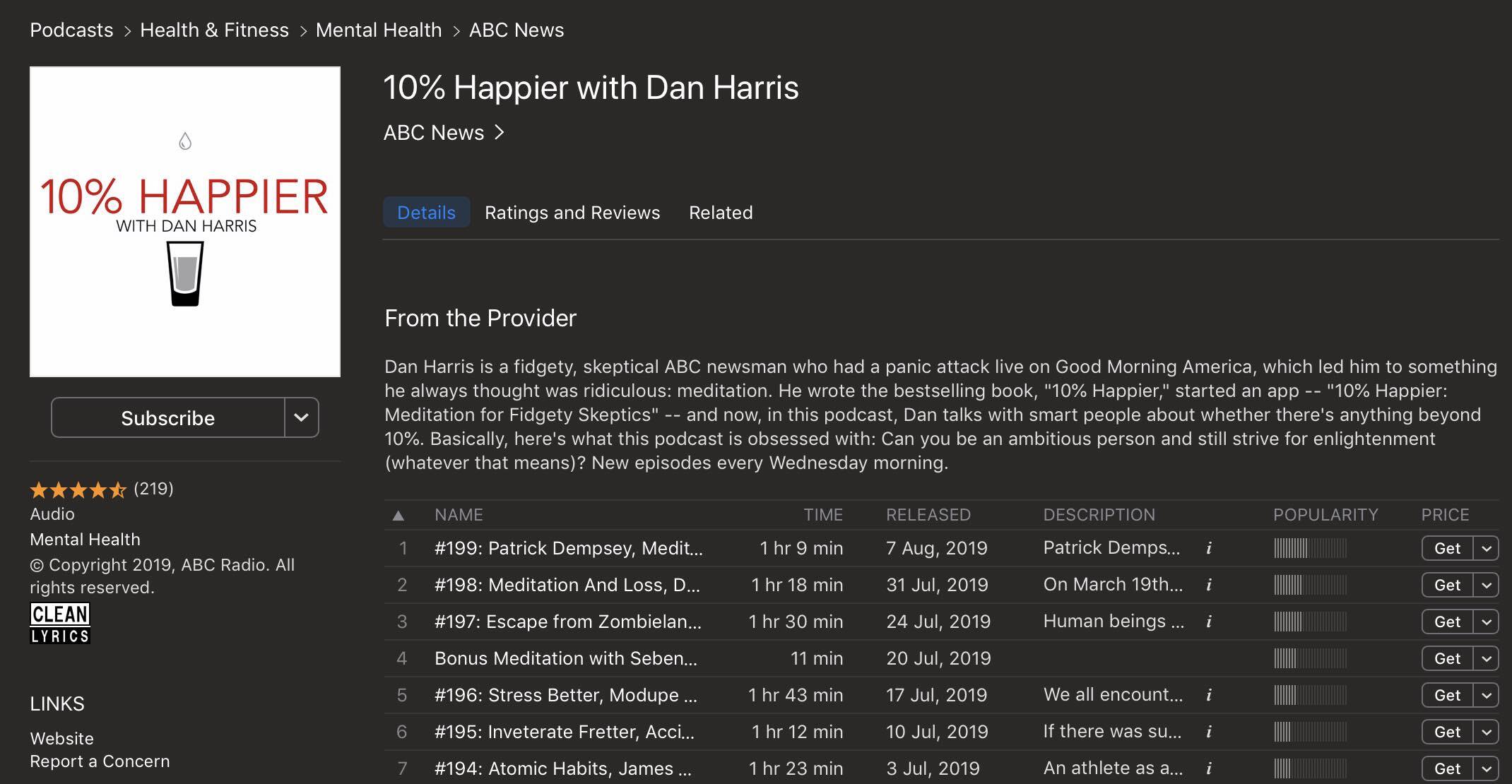
If you’re planning to interview guests, do your research. Try and find any other interviews they’ve done and listen to those. You’ll get a sense of how they come across, and it’ll help you think up a better questions to ask them. When writing questions, try to think of the things that would be of most benefit / interest to your listeners.
Essential Podcast Equipment
Fortunately, you don’t need a lot of fancy equipment or technical know-how to get your podcast up and running. For most people, it does take a bit of money upfront, but once you’ve made the initial investment, you don’t need much else. And if you look after it properly, quality equipment will last forever.
To get started, all you really need is a laptop or computer, microphone, headphones, and software to record your show.
Laptop / Computer
This is the core of your podcast studio. It needs to store audio files and run editing software, so make sure it’s got enough space and a good processor. If your current laptop / computer is pretty slow or occasionally crashes unexpectedly, then you should probably invest in a new one before you start recording episodes.
Microphone
Unfortunately, your laptop’s inbuilt microphone isn’t going to cut it. But with thousands to choose from, finding the right mic can be difficult. Broadly speaking, mics generally fall into two categories: dynamic and condenser. Dynamic microphones usually have a USB connector which makes them easier to set up and use. Condenser microphones can record more professional-sounding audio but they need to go through a mixer or audio interface for power. You can check out our recommendations in our guide to the best mics for new podcasters.
Tip: If possible, get a pop filter for your microphone. This helps eliminate the hard plosive sounds “p’s” and “b’s” make when spoken into a mic.
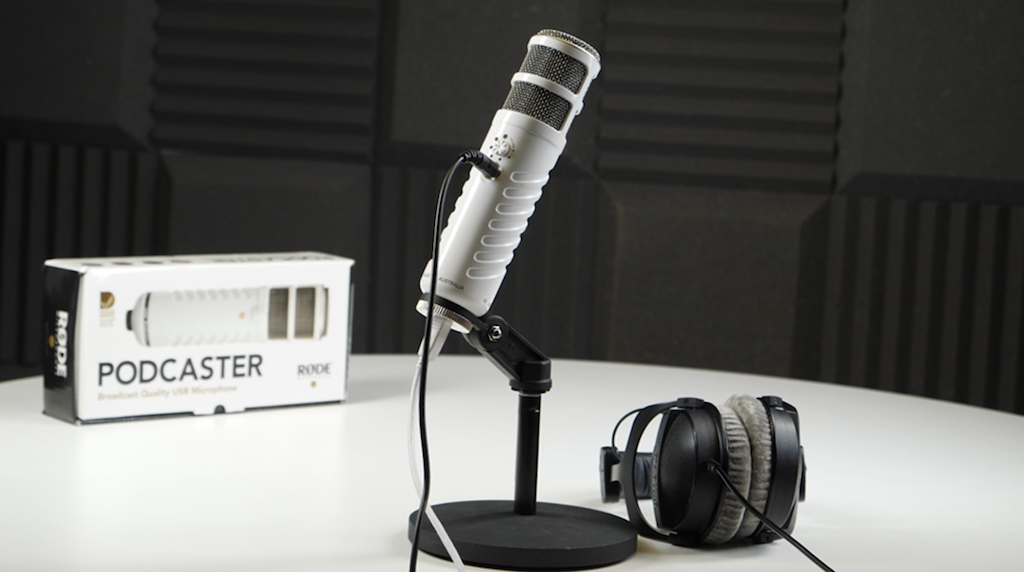
Headphones
Wearing headphones helps refine your podcast production. By hearing what’s being recorded as it’s happening, it gives you complete control over the sound so you can make adjustments on the fly. If things sound a bit muffled, move away, or draw the mic closer if your voice sounds distant. Your headphones will also let you know if you’re picking up any ambient background noise. There are lots of options to choose from, but comfort is something to look for across the board. Padded cushions and big headphone ear pads are a must for longer recording sessions. Again, you can check out our guide to our top headphone recommendations.
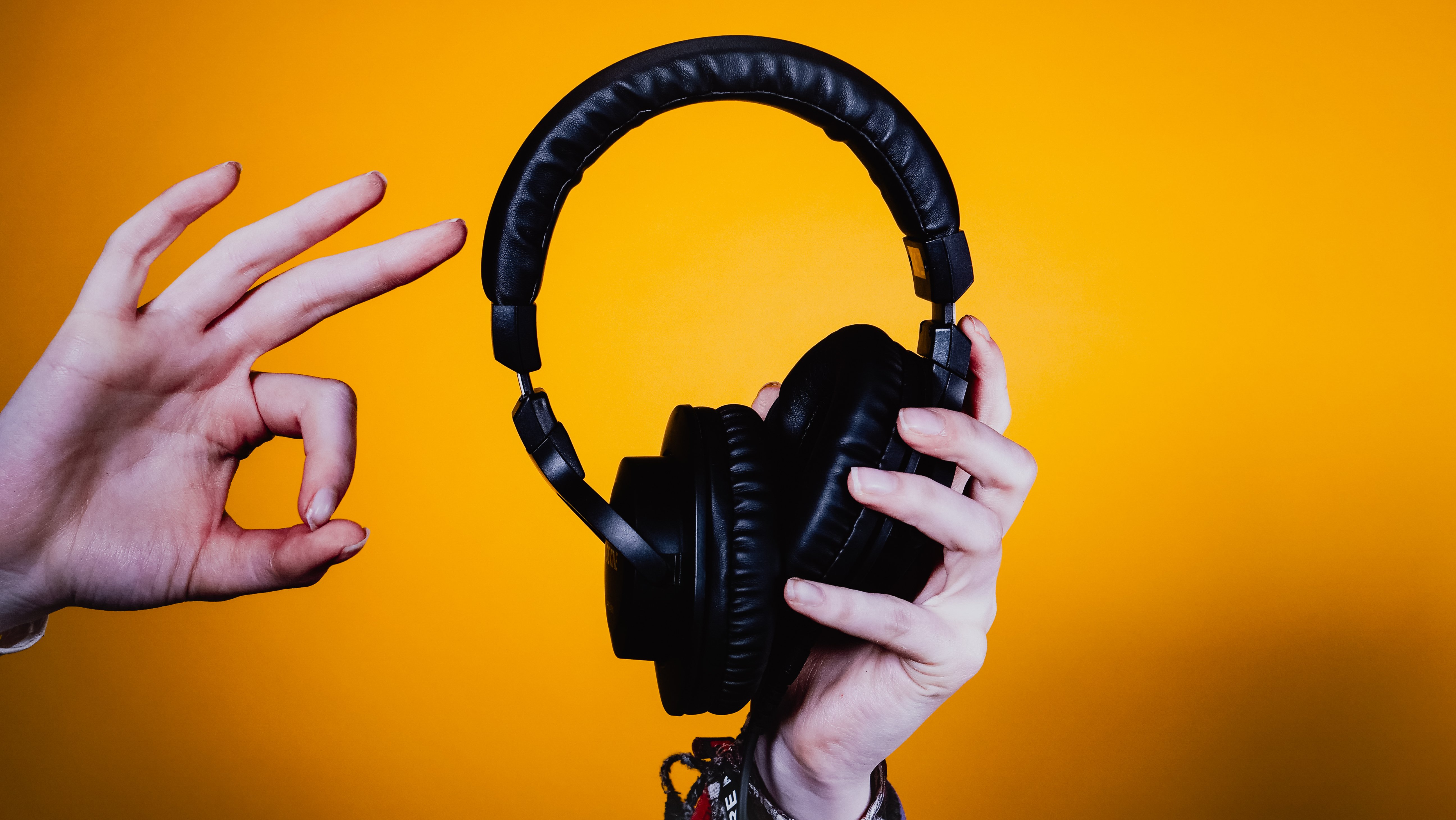
Software
You need some recording software in order to turn your podcast into a reality. Your podcast production program will help you record, edit, and mix your episodes together. Here are a few we recommend:
- Audacity: Free, simple, and easy to use from the get go. Audacity is probably the best well rounded audio program for newcomers to record and edit shows on Windows, Mac, and Linux systems. If you’re just getting started, we recommend using Audacity until you become more comfortable with the recording and editing process.
- GarageBand: Exclusively for Mac computers, GarageBand is good enough for most of your audio recording and editing needs.
- Adobe Audition: If you want powerful audio editing software with plenty of features to play with, Adobe Audition has you covered. For $20/m, it may seem pricey, but if you’re using high-end equipment it’s often a good idea to invest in high-end audio software.
Once you’ve got these four essentials, should be able to put together a professional-sounding show that will stand the test of time.
During the Recording
Once you’ve got all your equipment together you need to set it up in the right space. The best recording equipment in the world will still pick up ambient sounds from a busy open-plan office or a noisy cafe. You don’t need to soundproof entire rooms. But make sure you choose a nice quiet space where you’re unlikely to pick up pesky background noises.
If possible move computers, fans or other things that make a lot of noise into another room. Recording in a room that’s carpeted can also help as it dampens echoes. If you happen to be based in Manchester or London and would like to record in a professional podcasting environment, you can use one of our studios.
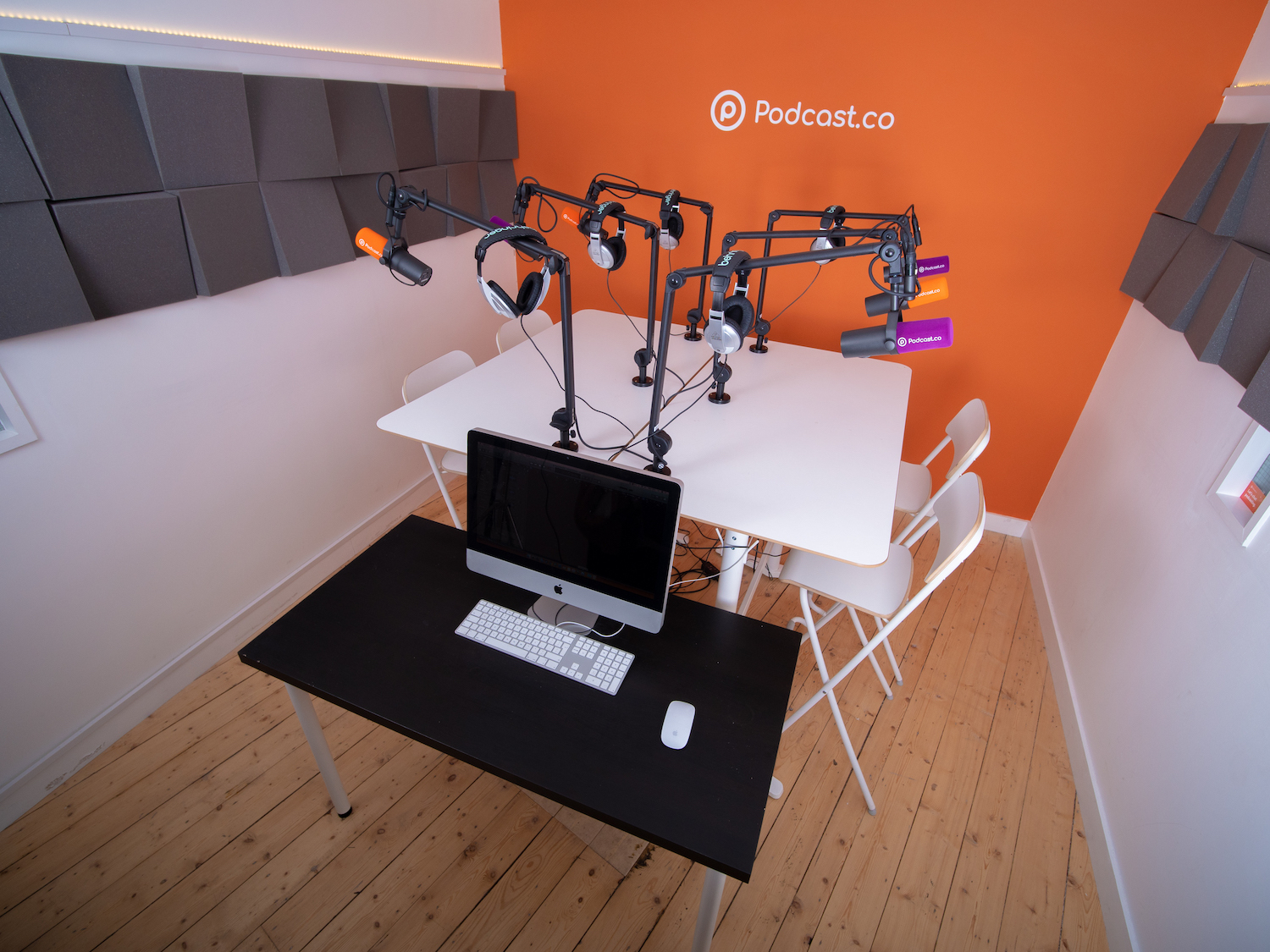
Don’t eat food or chew gum while you’re recording. Having a drink is fine, but move the mic away from your mouth when taking a sip. Things like coughs and sneezes can’t really be avoided, but fortunately most can be removed in the editing process which we’ll discuss next.
If you're recording a solo show, make sure you’ve got a bullet point outline of the things you’d like to cover in the episode. Without one, it’s very easy to get lost in the weeds and start rambling. Don’t go overboard though. Reading a script word for word sounds pretty robotic.
If you're interviewing guests, it also usually helps to have a rough outline on hand. But you should remain flexible. If your guest goes off on an interesting tangent, go with them. Don’t cut a good conversational flow short for the sake of sticking rigidly to your outline.
One final thing to be mindful of during recording is your use of “crutch words” or “filler language”. Things like “umm’s” and “ahh’s”, or other words you say out of habit. These are distracting and take away from your message. It can be difficult trying to avoid them at first, but you’ll quickly get better with practice.
Post-Production (Editing Your Audio)
Beginners often struggle with post-production. It’s the most labour intensive step in the podcast production process. But getting it right makes a big difference to the final product. Nearly all of the podcasts produced by big networks like NPR and BBC go through an extensive editing process. That’s what gives them their crisp, clean, and polished feel.
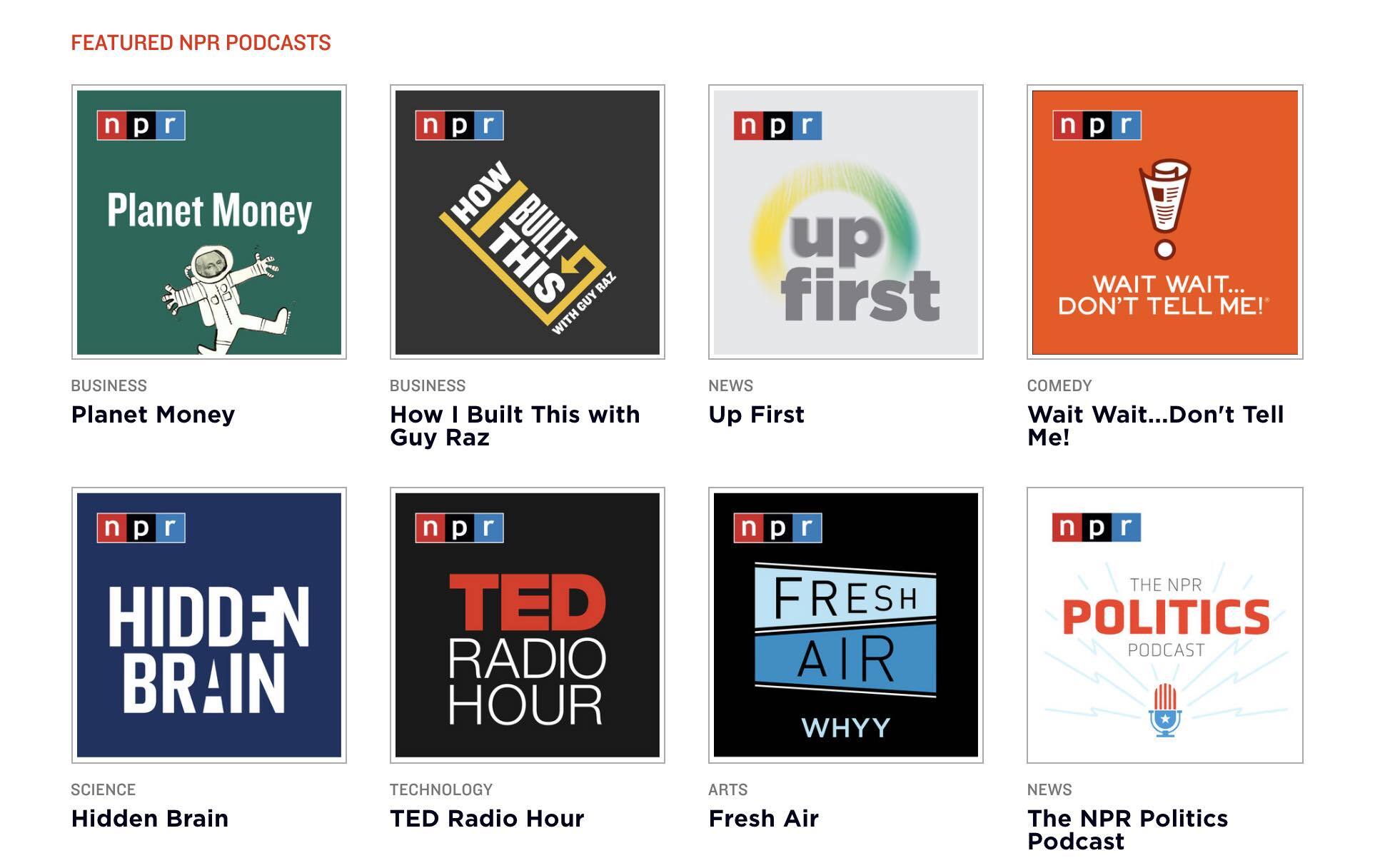
Fortunately, you don’t need big network money to do a good job on post-production. You just need to be willing to invest time into it. When you’ve finished recording your first podcast, you probably won’t want to sit back down and listen to it all over again. But if you’re running a one man operation, that’s what you need to do. Nobody likes listening to the sound of their own voice at first (there’s even a scientific explanation for why that is). So don’t worry, it’s something you’ll get over pretty quickly.
So what content needs to be edited? Well, you’ll probably want to remove:
- Extended silence
- Coughs and sneezes
- Fluff that doesn’t add to the show
- Any awkward segments of interviews
- “umm’s “ and “ahh’s” (not all of them, just the worst offenders)
- Obvious expletives (only if you’d like to keep your show clean!)
And you might want to add:
- Pre-recorded podcast intros and outros
- Intro and outro music / jingles
For everything you need to know about recording and editing your podcast with Audacity, check out our complete step-by-step visual guide on How to Start a Podcast.
There’s an important point to keep in mind if you are adding music: don’t use audio you don’t have a license for. Using copyrighted material could land you with legal problems down the line, so it’s not worth the risk. If you don’t want to pay a license fee, we have our own bank of podsafe music you can download and use free of charge.
Publishing and Distribution
Once you’ve finished editing, your podcast is ready to be released to the world! To upload your podcast you’ll need to join a hosting site. This is where your podcast lives. When you upload to a hosting site an RSS feed is generated which is essentially all your episodes and other information linked to your podcast.

At Podcast.co our all-in-one platform allows you to publish and organise your podcasts with ease. Click, drag, drop, and you’re done. Plus you’ll have access to our full range of features designed to help your podcast grow such as managed distribution, comprehensive analytics, automatic audio transcription, listener donation buttons, and more.
After you’ve found a host for your podcast, you’ll need to get it distributed across all the major directories to maximise your reach. These are places like Apple Podcasts, Spotify, Google Podcasts, Stitcher, Pocketcasts etc.
Distribution isn’t difficult, but it takes quite a lot of time. You’ll need to know all your podcasting info, make accounts with each different directory and then submit your RSS feed and other relevant information. It’s often a bit of a waiting game before your podcast gets reviewed and approved. If you haven’t got time for this or you just don’t know where to start with it all then we can submit to all major platforms for you.

Fortunately, once you’re on all major directories, life becomes a lot easier. All the information you add into your hosting site is automatically dragged across to the directories by your RSS feed. Therefore when you upload new episodes, change descriptions, or update titles on your host, all the directory information gets updated without you having to do it manually.
Lastly, make sure you add your podcast to your own blog or website and promote it. Social media is great for marketing podcasts as you can tag guests or brands. And you can use hashtags to widen your audience. But there are plenty of other promotion methods too. For more information check out our guide on 10 different ways to promote your show.
By focusing on getting these podcast production essentials right, you’ll give your podcast the best possible chance of success.
For our full, comprehensive guide on how to start a podcast, click here.









